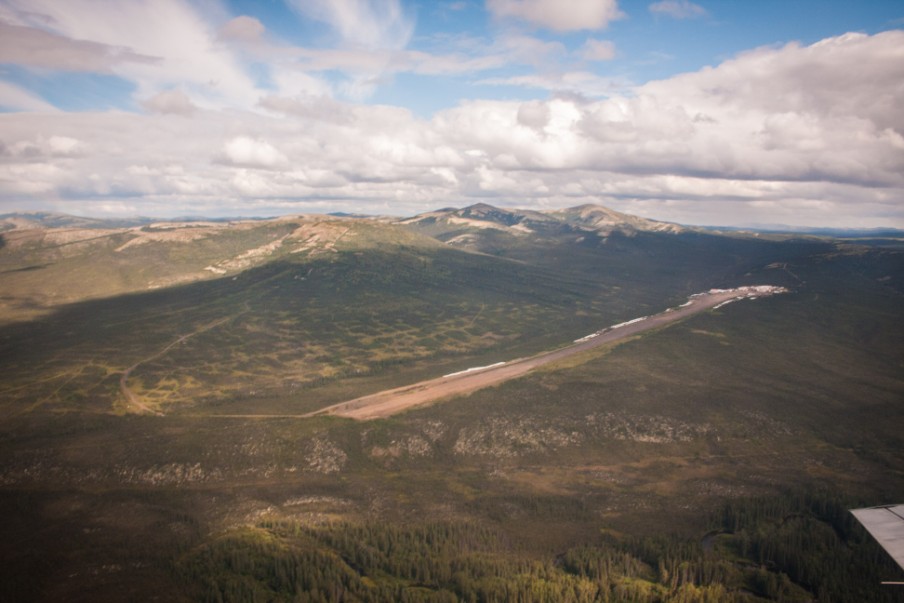What does rural healthcare in Alaska have to do with jobs? A lot, according to The Yukon Kuskokwim Health Corporation. The regional healthcare provider is opposing the Donlin Gold mine. And a big part of an anti-Donlin resolution the corporation passed last month focuses on the potential for jobs to leave the region if the mine is developed.

In 2010 a group from YKHC and state officials hopped in a boat to tour the Kuskokwim villages closest to the Donlin site. They wanted to see how the mine could affect the region’s health. One of the travelers was Dr. Joseph Klejka, YKHC’s Corporate Medical Director.
“It was a very interesting trip, a lot of surprising information, not what we thought people would say,” Klejka said.
Klejka said villagers were worried about losing people to urban areas if the mine opened. They had already lost some people during the mine’s exploration phase between 1996 to 2010 when the mine hired about 300 locals.
“Once they had a salary, they moved to Anchorage,” Klejka said. “Because it didn’t matter where they lived, the mine would pay for them to come in and out for the job.”
Klejka said the health corporation wants to improve living conditions for the region. It wants to see basic amenities like running water and flush toilets in every village. But improvements like that require local money. Klejka says if that money and the people earning it leave, that has a big impact on the villages.
“You leave behind the very young and the very old who are more of a drain on our system,” Klejka said.
But Maver Carey, President and CEO of the The Kuskokwim Corporation, said people have been moving out of the region for years, regardless of whether or not Donlin’s camp has been operating.
“We’ve seen a huge increase of people leaving the region and moving to the Anchorage area,” Carey said.
TKC owns the surface rights to the mine and serves as the native corporation for 10 villages along the middle Kuskokwim. Carey said when the mine’s exploration phase began about 20 years ago, half of TKC shareholders lived in the region. Last year, that number dropped to a third.
TKC doesn’t know why they left, but the native corporation’s priority is to help its shareholders, which it sees the mine doing. Carey said where those shareholders live is up to them.
“It’s the individual’s responsibility to determine where they want their family to live,” Carey said. “It’s not up to us to dictate to anybody that they should stay in the region.”
The Yukon Kuskokwim Health Corporation isn’t just worried about losing people. It’s also concerned about losing subsistence resources to possible mining hazards like mercury and cyanide.
Carey with The Kuskokwim Corporation says those fears are unfounded. She said their elders partly chose the Kuskokwim land for its minerals when forming the corporation, and responsibly extracting the minerals can co-exist with the subsistence lifestyle.
“Responsibly is the key word. Responsibly developing our land is going to benefit our shareholders over time,” Carey said.
But YKHC Board Chairman Esai Twitchell said the risks to that land outweigh possible benefits.
“What we do right now, what we do today affects the next generation or the generations after that that live in our region,” Twitchell said. “They’re going to be here when we’re long gone.”
The mine expects to provide about 3,000 jobs during construction and 1,000 during operation.
Anna Rose MacArthur is a reporter at KYUK in Bethel.




